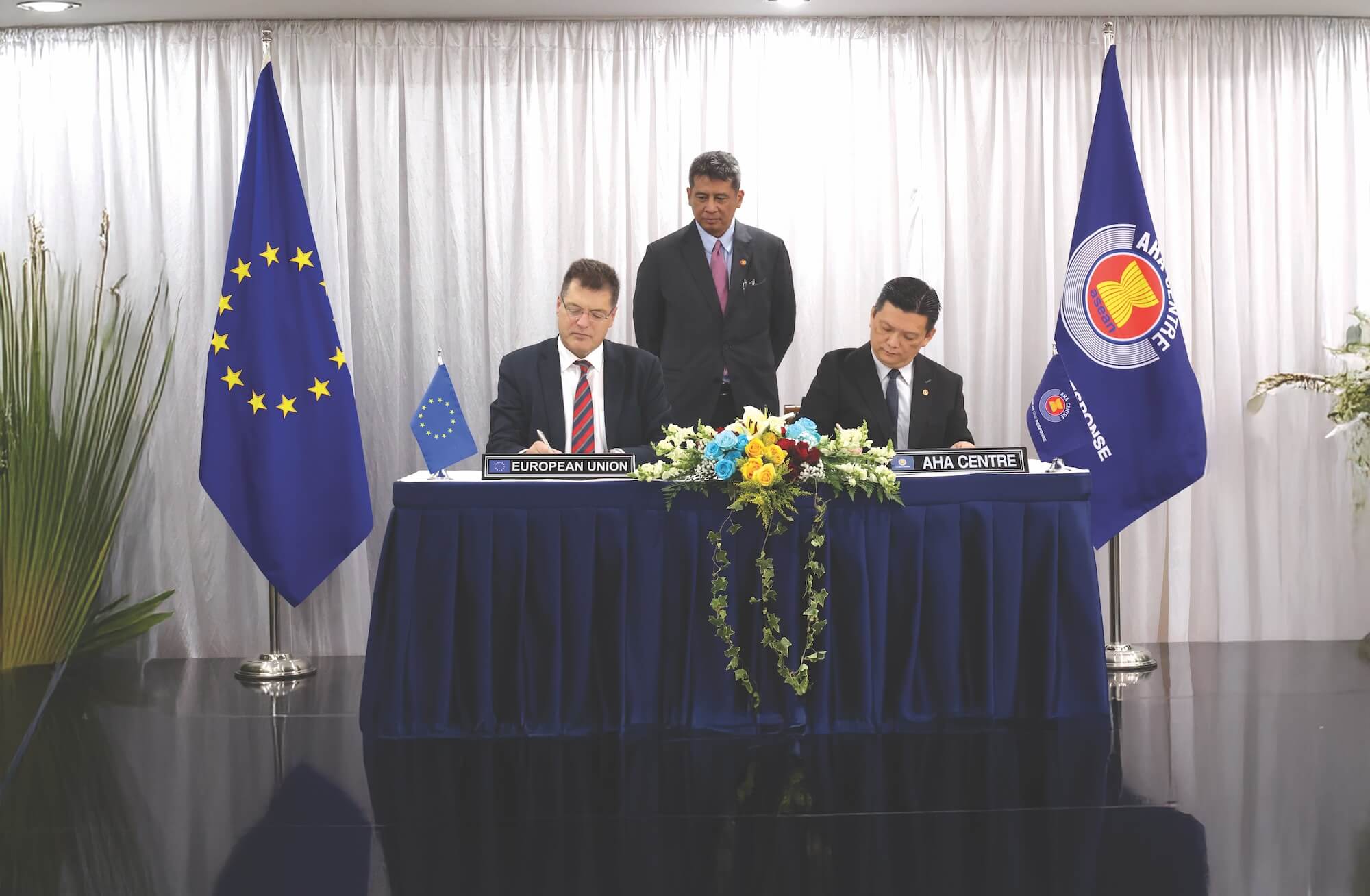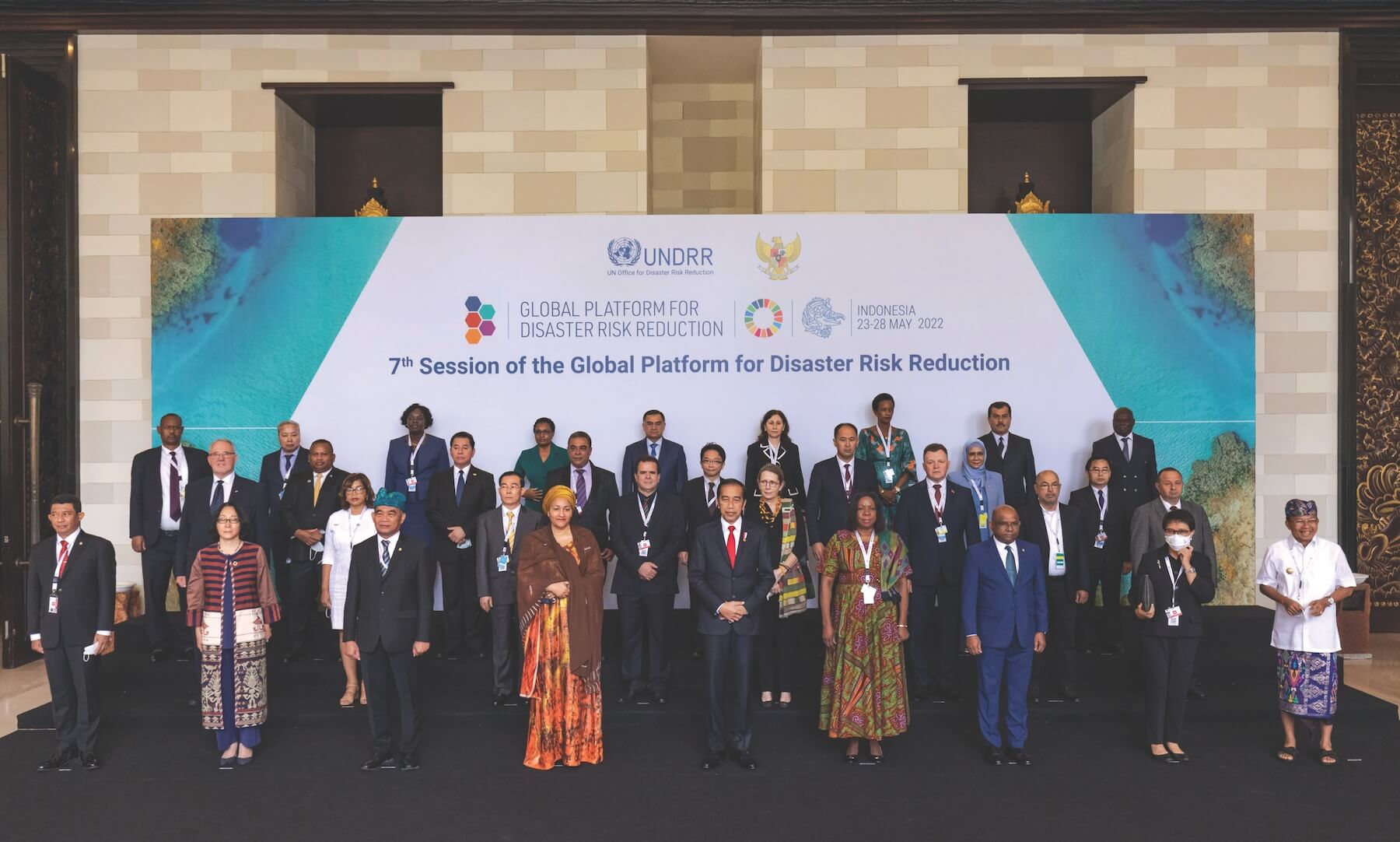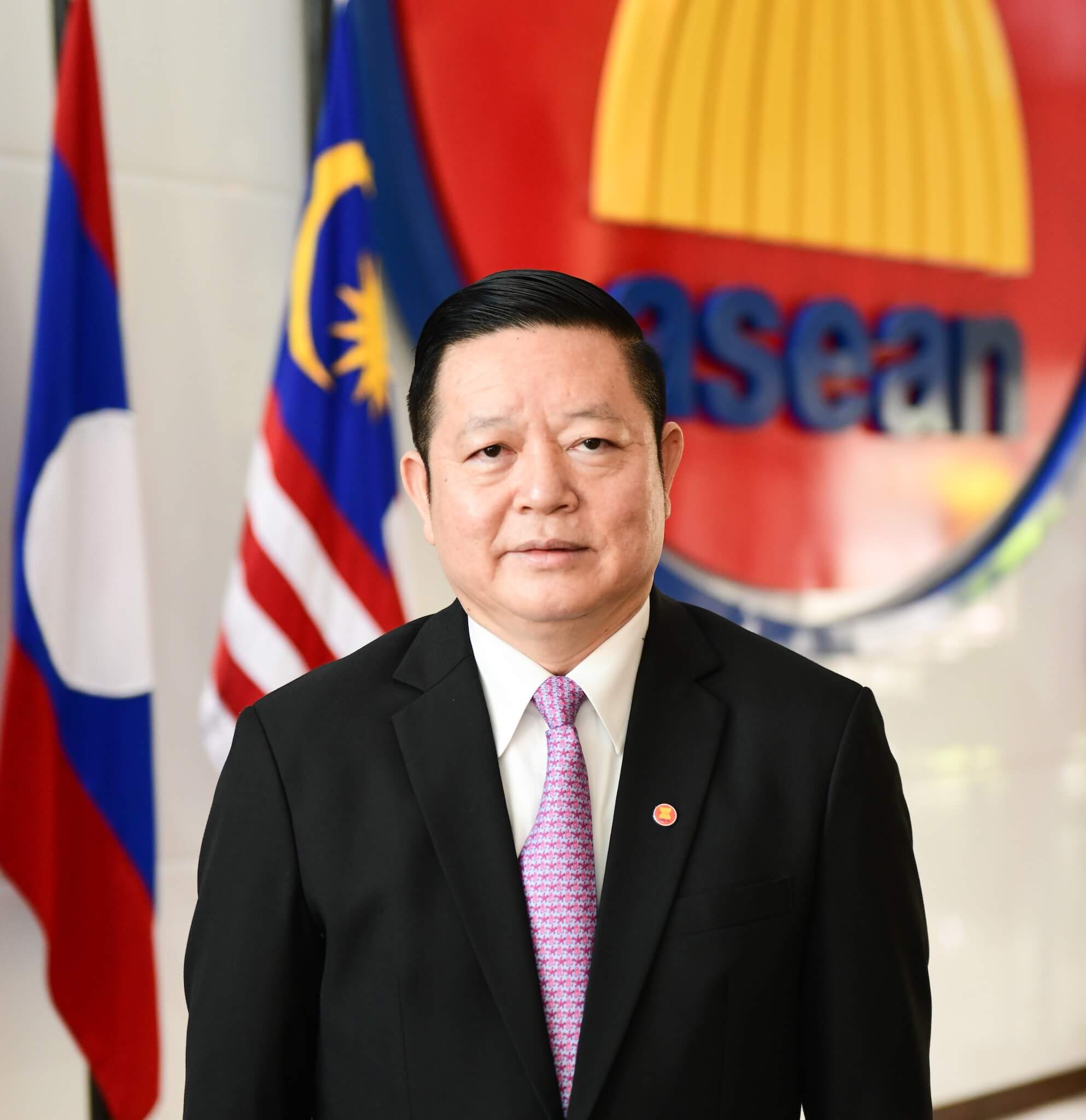



The ASEAN Member States joined the global call for "urgent and integrated action" to protect biodiversity at the first part of the 15th Conference of Parties to the Convention on Biological Diversity (CBD COP 15) held on 11–15 October 2021 in Kunming, China.
With the theme “Ecological Civilisation: Building a Shared Future for All Life on Earth,” the landmark UN Biodiversity Conference saw the active participation of many countries as they renewed their national commitments to put biodiversity “on a path to recovery by 2030 at the latest.”
In the spirit of regional cooperation, the ASEAN Member States drafted the ASEAN Joint Statement on Biodiversity Conservation, rallying behind a realistic post-2020 global biodiversity framework that will help the region protect its mega-diverse ecosystems and achieve its 2050 vision of living in harmony with nature.
Protecting the Region’s Natural Treasures
The ASEAN region has over 200 protected areas, covering more than 800,000 km2, according to the ASEAN Clearing House Mechanism. With a wide diversity of flora and fauna, the region is also home to species found nowhere else in the world. Of the known 24,889 species assessed in the region by the International Union for the Conservation of Nature (IUCN), about 9,199 or 37 per cent are endemic species.
However, this richness in biodiversity also makes the region vulnerable to wildlife diseases, at times spilling over to domestic animals and even to humans. The rise of new and emerging infectious diseases has underscored the nexus between biodiversity conservation and protecting human health. The recent UN Climate Change Conference in Glasgow also highlighted the link between confronting the climate crisis and battling biodiversity loss.
As parties to both the United Nations Framework Convention on Climate Change (UNFCCC) and CBD, the ASEAN Member States have emphasised the importance of protecting, conserving, and restoring ecosystems to combat climate change and protect biodiversity. To achieve these renewed global goals, adopting nature-based solutions was deemed a priority, which IUCN defines as actions to protect and restore ecosystems while promoting societal well-being.
Charting ASEAN’s post-2020 Biodiversity Targets
At the High-Level Segment of the CBD COP 15 in October 2021, Dato Seri Setia Awang Haji Ali bin Apong, Minister of Primary Resources and Tourism of Brunei Darussalam, virtually delivered a brief overview of the ASEAN Joint Statement on Biodiversity Conservation, which was developed in time for the important international gathering.
The joint statement captured the region’s shared aspirations and commitments to preserve and protect ASEAN’s biodiversity. In the joint statement, the regional bloc agreed to “intensify regional efforts on protected areas, in particular, improve the management effectiveness of ASEAN Heritage Parks Programme, through research, technology transfer, innovation, capacity enhancement, and the adoption of sustainable financing strategies.”
Through the leadership of the Philippines, as Chair of the ASEAN Working Group on Nature Conservation and Biodiversity (AWGNCB), and facilitation of the ASEAN Centre for Biodiversity (ACB), the joint statement addressed some of the key issues in COP 15’s agenda and outlined the region’s contribution in shaping the post-2020 biodiversity targets, which are set to be fully adopted at COP 15’s second session in April 2022. The joint statement also provided targeted actions to be undertaken by each Member State in response to the global and regional biodiversity targets.
Prioritising Biodiversity
Discussion and negotiations at the COP 15 largely focused on mainstreaming biodiversity across all decision-making processes in various sectors and levels. This was also one of the key elements highlighted in the Declaration from the High-Level Segment of the UN Biodiversity Conference 2020, otherwise known as the Kunming Declaration.
The ASEAN Member States reaffirmed the priorities set under this declaration, with the joint statement underscoring the importance of integrating biodiversity across related development sectors, including agriculture, energy, industry, and tourism. With the ongoing global health crisis, special focus was also given on mainstreaming biodiversity into the health and infrastructure sectors, highlighting the need to establish mechanisms to effectively respond to zoonotic diseases and minimise risks of future pandemics through the “One Health” approach.
As the region continues to recover from COVID-19, the adopted ASEAN Comprehensive Recovery Framework and its Implementation Plan also set a consolidated strategy that underlines the importance of conserving habitats and strengthening measures to address illegal wildlife trade and the local consumption of wildlife.
Championing Nature-based Solutions
The UNFCCC COP 26’s Glasgow Climate Pact called for more substantial global commitments to sustainably manage ecosystems serving as crucial carbon sinks that minimise the severe consequences of climate change. At the COP 26 sidelines, several ASEAN Member States also committed to “work collectively to halt and reverse forest loss and land degradation by 2030” under the Glasgow Leaders’ Declaration on Forest and Land Use.
In line with this COP 26, ASEAN organised the ASEAN-UK COP 26: Framing the Future for Nature and Climate, with the support of the UK and the ACB, which put a spotlight on the linkages between the climate and biodiversity crises. Further, the decision of UNFCCC COP 26 Glasgow Climate Pact provides an avenue for ASEAN Member States to strengthen their partnerships with developed countries, dialogue and development partners, as well as technical and funding agencies on ways to address emerging capacity needs and catalyse sustainable climate actions.
The growing traction of multilateral environmental agreements that prioritise biodiversity, including CBD COP 15 and UNFCCC COP 26, highlight the need to harmonise, prioritise, and scale-up cooperation on nature-based solutions in future climate and biodiversity actions.
At the recently held 16th ASEAN Ministerial Meeting on the Environment, ASEAN ministers noted the region’s united stance in promoting the sustainable management of the region’s biological resources. The ministers also looked forward to ASEAN’s stronger commitment to lay down strategic local actions post-COP 15, including promoting biodiversity conservation as part of the regional post-pandemic recovery efforts.
The cross-sectoral work led by the AWGNCB and other relevant ASEAN Sectoral Bodies, and supported by the ACB, brings to the fore the region’s valuable contribution to global efforts, not just in protecting biodiversity but also in building climate resilience and ensuring greener recovery. National and local governments, the business sector, civil society, and local communities all have crucial roles in these important endeavours. The ASEAN Secretariat, ASEAN Member States, ASEAN entities, and partners are working together under a whole-of-community approach to building a more inclusive and resilient future for all.








